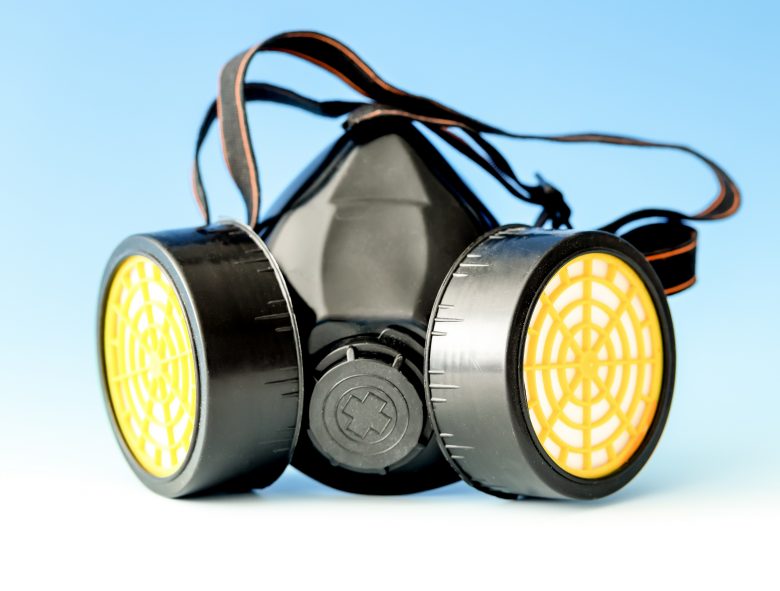Respirators and breathing equipment must be used in the workplace when hazardous airborne substances are present as they can affect the health and safety of employees. Such substances include gases or vapors, solvents, powdered chemicals and sprays. Like other forms of PPE, respiratory protection should be deployed as a last resort once all other reasonable steps have been taken to control exposure and to improve the air quality and ventilation.
Employers can do their best to enforce the use of PPE but there are many factors at play that influence whether or not workers choose to use a respirator. Here are some of the most common issues companies run into with the use of breathing-related safety equipment but they can all be addressed and remedied with the right attitude and tools.
Comfort of equipment
When it comes to providing respiratory safety equipment you need to find the right type for the job. Nearly as important is the right fit—if the equipment is bulky, uncomfortable or if employees feel that it gets in the way of their work then they will be less inclined to use it. Wearability is one of several factors that noticeably influence PPE compliance and employees should feel that safety equipment is boosting their ability to work, not hindering it.
It’s important to remember that not all respirators will fit everyone. This is why it’s vital to provide workers with fit testing and a number of different models and sizes to try. In addition, consider all the factors that affect the face seal and how the respirators fit, such as the workers’ size, facial hair, and the use of eye protection or other PPE. Respirators need to fit each worker perfectly to provide the best protection and comfort. Employees should also feel comfortable adjusting the fit for their equipment and know how to get help if their respirator starts chafing or they feel like it’s not fitting or working properly.
Human factors
Every workplace creates situations that cause workers to rush, become fatigued, or frustrated while performing their job. When these types of stressors are present, employees are more likely to neglect to use their respirators and other essential PPE, whether through a conscious decision or forgetfulness.
The only way to combat human factors that lead to PPE noncompliance is to teach employees to recognize when they’re trying to work in a state of mind that can cause them injury. The key is practicing vigilance and self-awareness—only then can they change their behavior. One of the most effective ways of improving and sustaining respirator use in the workplace is to implement a human factors training program that targets these states of mind.
Strong safety culture
Creating a safety culture in which workers readily comply with respirator use starts with positive reinforcement and fostering a good rapport with employees. For many workplaces, improving safety culture begins by addressing poor communication between management and workers. Employers must focus on fostering a positive atmosphere that supports good safety habits and provides each worker with the skills and confidence to make effective safety decisions throughout their workday. Once better lines of communication are established it becomes much easier for to engage employees in healthy dialogue when they witness unsafe actions like failing to wear a respirator when there are inhalable airborne hazards.
Additionally, encourage workers to approach their supervisors with concerns regarding their breathing equipment and health. If they feel apprehensive about such conversations, they might be more inclined to either wear faulty equipment or not use it at all, compromising their health and safety because of fear of retribution or punishment.
It takes work and effort to create a safety-focused environment in which respirators are willingly and properly used whenever they’re required. Providing the proper, well-fitted breathing protection, offering the right training and building a strong safety culture is not a quick fix. It requires commitment and time. But safety is infectious. Once it gains momentum, employees begin to look out for one another, monitoring themselves and their co-workers to ensure PPE like respirators are always used when the task calls for them.

